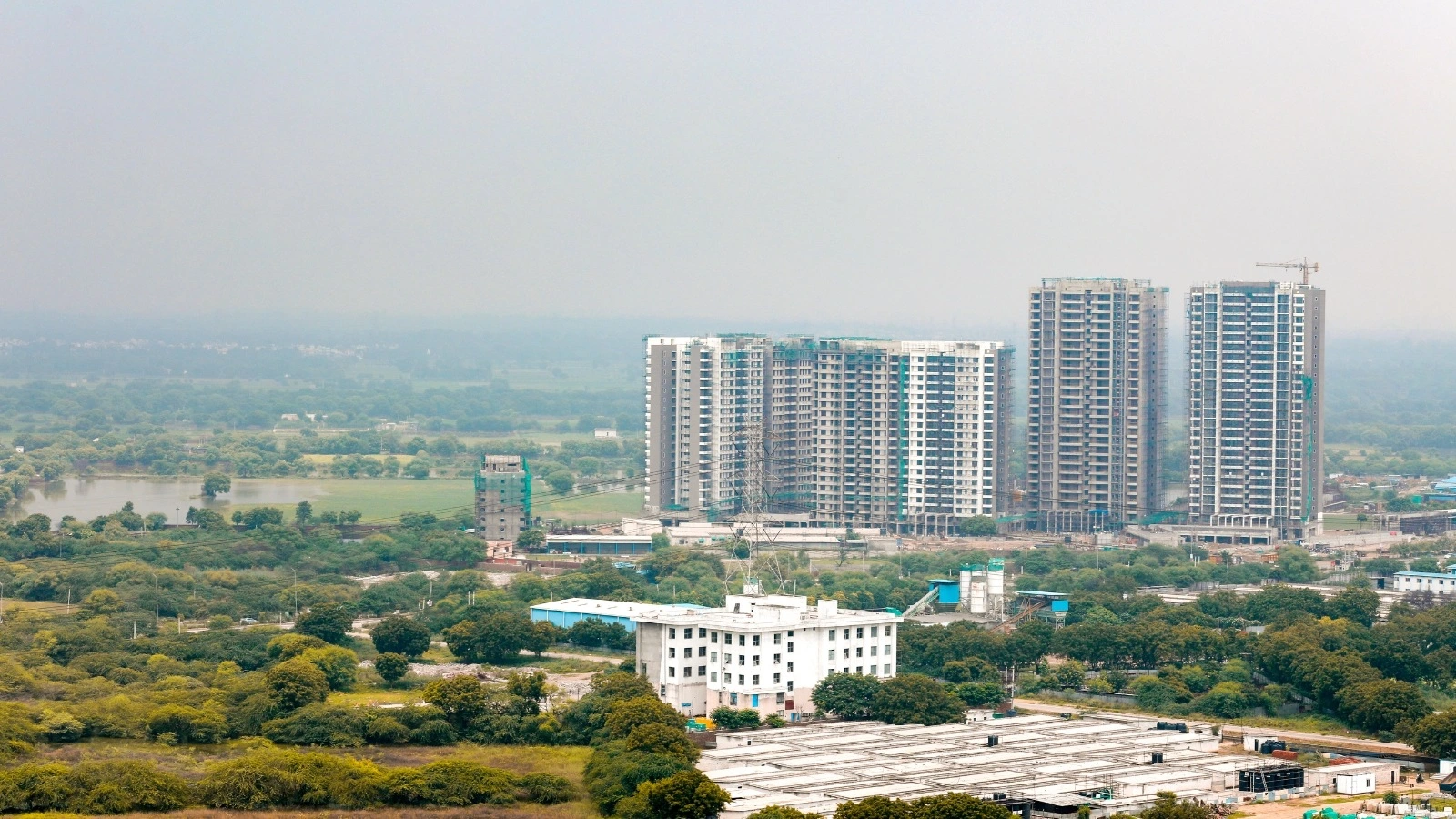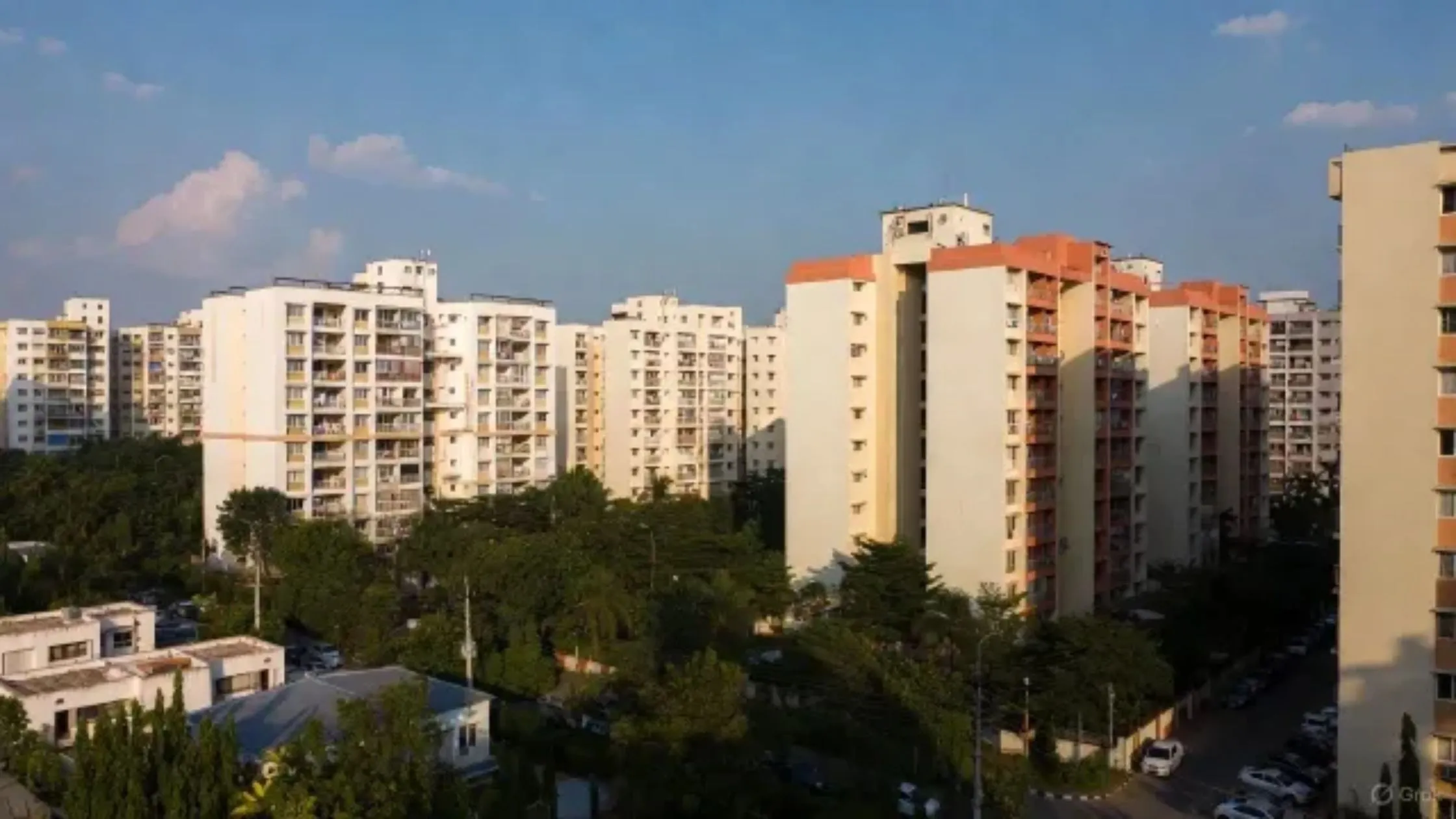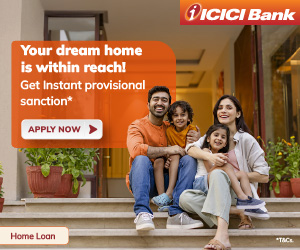Table of Content
Owning a home has been a long-standing hallmark of an Indian's financial and cultural identity. A recent survey conducted by Knight Frank India indicates that 80% of Indians value owning their own home, making it a priority for the majority of people. The numbers from the survey were amplified by the views from Chennai (86%), the Mumbai Metropolitan Region (85%), and Ahmedabad (83%). The strong inclination to own a home reflects healthy levels of residential real estate demand in the market, with several factors such as falling mortality rates, increased disposable income, greater financial security and cultural preferences facilitating mid-to-high range consumption.
Regional Variations in Homeownership Sentiment
Cities with Strong Sentiment
Chennai, the Mumbai Metropolitan Region (MMR), and Ahmedabad emerged as the frontrunners in home-buying intent. The high purchase sentiment in these cities can be attributed to:
- Rising disposable incomes among residents.
- Cultural emphasis on property ownership as a symbol of stability and investment.
- Increasing availability of quality housing projects catering to diverse income groups.
Kolkata (80%) and Hyderabad (81%) also showed strong homeownership preferences. In these cities, factors such as growing urban infrastructure, improved lifestyle opportunities, and competitive property prices have boosted interest in residential real estate.
Also Read: MREAT Rules Flat Sale Agreement Not Essential for Relief Under Real Estate Law
Cities with Moderate Sentiment
Interestingly, Delhi-NCR (74%) and Bengaluru (73%) exhibited relatively lower homeownership sentiment. This trend can be explained by:
- Higher property prices, making ownership less accessible for the middle-income segment.
- A significant influx of young, migrant professionals in these cities, who often choose rental accommodations due to lifestyle flexibility and career mobility.
Demographics Driving the Demand
High Earners and Millennials
The study highlights that individuals with annual incomes above ₹5 million have the strongest inclination toward owning homes, with a purchase sentiment of 91%. These high-income groups value property ownership as a reliable investment and a symbol of financial success.
Millennials also stand out, with 82% prioritising homeownership. This generation, which has benefited from economic growth and higher disposable incomes, views owning a home as both a practical and aspirational goal.
Challenges for Gen Z and Lower-Income Groups
In contrast, Gen Z respondents (71%) and individuals earning less than ₹1 million annually (72%) displayed comparatively lower sentiment for homeownership. Key challenges include:
- Affordability constraints due to rising property prices.
- Lifestyle preferences for flexibility, especially among younger demographics.
- Limited access to affordable housing options tailored to their needs.
This segment highlights the growing demand for accessible financing solutions and entry-level housing options to make homeownership more inclusive.
Key Factors Influencing Homeownership Sentiment
Economic Growth and Policy Support
The momentum in home-buying has been further supported by India’s sustained economic growth and buyer-friendly government policies. Initiatives such as reduced repo rates, stamp duty rebates, and incentives for first-time homebuyers have reinforced buyer confidence.
Cultural and Emotional Significance
Homeownership remains deeply ingrained in Indian culture. Owning a home is often viewed as a milestone representing security, stability, and financial success. The pandemic further amplified this sentiment, as people recognised the value of owning a safe and secure living space.
Prioritising Convenience
Modern homebuyers are increasingly seeking properties that align with their lifestyle needs. Key preferences include:
- Proximity to healthcare facilities (58% of respondents).
- Accessibility to shopping outlets (53%) and public transport (40%).
These priorities reflect a shift towards practical, convenience-driven decision-making in property purchases.
Buyer Preferences: Apartments Dominate the Market
Apartments continue to be the most popular housing choice across generations and income levels. Their appeal lies in:
- Affordability and availability in urban centres.
- Ease of maintenance compared to independent houses.
However, higher-income groups exhibit a preference for independent houses and villas, driven by a desire for privacy, larger living spaces, and luxury features. This trend underscores the evolving demand for premium residential options.
Challenges in Homeownership
Rising Affordability Barriers
While homeownership sentiment is strong, challenges persist for certain demographics:
- Younger buyers and lower-income groups face financial constraints, limiting their ability to purchase homes.
- High property prices in metropolitan areas create barriers to entry for first-time buyers.
Demand for Customised Housing Solutions
The need for affordable and well-located housing options is evident. Developers and policymakers must work together to create solutions that cater to the unique needs of diverse consumer segments, including:
- Entry-level housing for young professionals and low-income groups.
- Financing models that make property ownership more accessible.
Also Read: Property Prices Increase Across 48 out of the 50 Cities in Q4 FY25
The Role of Apartments in India’s Real Estate Market
Apartments continue to be the most coveted type across all income brackets. They provide first time buyers with a cost effective purchasing opportunity and they also provide families and professionals with a lifestyle benefit. Certainly, factors like being close to schools, hospitals, shopping centers, etc. help with this appeal.
Luxury apartment and villas are also gaining traction finding their customers among the affluent groups seeking larger living spaces and better amenities. This development articulates the increasing divide within India’s real estate market based on income and lifestyle preferences for buyers.
Conclusion
As mentioned by the Knight Frank India study, 80% of Indians want to purchase a house, and homeownership continues to be an aspiration and an ideal goal, both financially and culturally. The cities with the most positive purchase intention are Chennai, MMR, and Ahmedabad, which will benefit from robust, consistent economic growth and rising disposable incomes.
Although younger generations and individuals with lower purchasing power continue to face challenges, it seems that India's residential real estate market is bigger, and more resilient than expected, providing a strong foundation for optimism that allows for direct expectations to homeowners in the future. With appropriate solutions and innovative policy initiatives, homeownership is in arm's reach for a larger section of Indian society, and will remain an established pillar for financial independence and personal fulfillment.
Follow AquireAcers Whatsapp Channel to Stay Updated With The Latest Real Estate News








Ans 1. Homeownership is deeply rooted in Indian culture as a symbol of financial stability and success. Increased disposable incomes, cultural preferences, and a growing real estate market also drive this sentiment.
Ans 2. Chennai (86%), Mumbai Metropolitan Region (85%), and Ahmedabad (83%) exhibit the highest inclination toward homeownership due to rising incomes, cultural emphasis, and quality housing options.
Ans 3. Higher property prices and the prevalence of rental housing among young professionals seeking flexibility contribute to relatively lower homeownership sentiment in these cities.
Ans 4. Millennials, with 82% prioritizing homeownership, are a key demographic driving demand. Their higher disposable incomes and aspirations for stability and investment make them significant contributors to the market.
Ans 5. Rising property prices, affordability constraints, and limited access to entry-level housing are primary barriers for Gen Z and individuals earning less than ₹1 million annually.
Ans 6. Apartments dominate the market due to their affordability, urban availability, and ease of maintenance. Higher-income groups, however, prefer independent houses or villas for privacy and luxury.
Ans 7. The pandemic heightened the importance of owning a secure and safe living space, reinforcing homeownership as a priority for financial and emotional stability.
Ans 8. Proximity to healthcare, shopping outlets, and public transportation are top considerations for modern homebuyers, reflecting a shift towards convenience-driven decision-making.
Ans 9. High property prices in metropolitan areas and financial constraints faced by younger and lower-income buyers are significant challenges to achieving homeownership.
Ans 10. Developing affordable housing, creating customized entry-level housing solutions, and introducing buyer-friendly financing models can make homeownership more inclusive for diverse demographics.